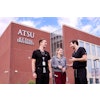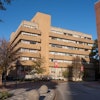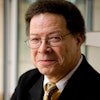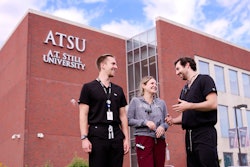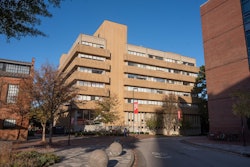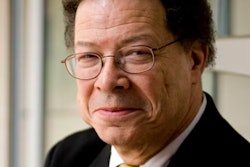HARTFORD Conn.
David Rowe says a special breed of mice he is developing at the University of Connecticut Health Center may one day help reveal new treatments for severe limb injuries, like the ones U.S. troops are returning with from Iraq.
Rowe, a professor of reconstructive medicine, has recently begun work on growing mice that won’t reject human embryonic stem cells. The goal is to put the cells into the mice and regrow fractured bones and damaged tissue.
“The hope is you can use these strategies … to potentially recreate the tissue that was traumatically lost,” he said. “The war injuries that our troops are sustaining … are causing unimaginable destruction of the limbs. In the past they succumbed to these injuries. Now they’re surviving them.”
Rowe is one of several Connecticut-based researchers who received the first grants from the state’s nine-year, $100 million stem cell research program in March. Six months into the projects, the scientists say labs and equipment are in place, staffs have been trained and the research is about to begin.
Stem cells are the body’s foundation cells and can be manipulated to grow into all types of human tissue and organs, according to the International Society for Stem Cell Research. Scientists say stem cells appear very promising in finding cures for cancer, Alzheimer’s, Parkinson’s, diabetes and other debilitating diseases.
Because the federal government does not fund research on new embryonic stem cell lines, several states have approved or are considering programs for such research. California’s $3 billion commitment is the largest in the country.
